3 Swapping Milk Powder in Baking Made Simple
Milk powder substitute in baking can transform your recipes when regular powdered milk isn't available or suitable for dietary needs.
It’s a frequent challenge for home bakers during last-minute preparations or when accommodating special diets.
The good news? Several alternatives offer similar functionality without compromising taste or texture in your favorite treats.
These substitutions work differently depending on the specific recipe, with some options performing better in cookies while others shine in bread or cake batters.
Most alternatives actually come from ingredients already sitting in your pantry, making emergency substitutions much easier than expected.
Professional bakers often use these replacements deliberately for unique flavor profiles rather than merely as backup options.
Ready to learn which milk powder alternatives will work best for your next baking project?
When and Why to Replace Milk Powder
Milk powder is handy for baking and cooking, but sometimes you’ll want or need to use something else instead:
Ideal Milk Powder Alternative For Baking
Milk powder for baking running out can be resolved by folding in an option that fits its function. The rest of the steps proceed in order.
Regular Liquid Milk
Substitution between milk powder and regular milk is a straightforward process most home bakers appreciate for its flexibility.
Regular liquid milk works perfectly in place of milk powder, especially in recipes that already call for water since milk powder is simply evaporated milk solids.
For each 1/4 cup of milk powder in your recipe, you can use one cup of regular milk while reducing the recipe's water by the same amount to maintain proper consistency.
This substitution works with any type of regular milk - whole, reduced fat, or nonfat - though remember that higher fat content creates richer, creamier results in your finished dishes.
Soy Milk Powder
Soy milk powder stands out as an excellent non-dairy alternative to traditional milk powder, matching it in shelf life while providing similar nutritional benefits.
Most brands pack about 90 calories, 3.5 grams of fat, 8 grams of protein, and 6 grams of carbohydrates per quarter cup, plus 4% of your daily calcium needs.
The beauty of this substitute lies in its versatility- it works perfectly in a 1:1 ratio for virtually any recipe that calls for milk powder, from cookies to cakes and beyond.
Cashew Powder
Cashew milk powder stands out as the best substitute for milk powder, offering a similar creamy texture and slightly sweet flavor that other nut powders can't match.
Equal amounts of cashew powder can directly replace milk powder in most recipes without any package instructions saying otherwise.
This versatile alternative shines in everything from savory dishes and smoothies to baked goods and granola bars, making it a fantastic dairy-free option.
Some brands tend to clump more than others, so blending the powder with liquid first might help achieve smoother results in baked recipes.
The subtle nutty taste of cashew powder complements most dishes while maintaining the richness that milk powder typically provides in recipes.
Popular Baked Goods That Use Milk Powder (Should Not Substitute)
Milk powder is often the secret ingredient in many classic baked goods because it boosts flavor, softness, and shelf life, so swapping it out isn’t always the best idea:
How Substitutes Affect Moisture and Texture in Baking
The way you swap ingredients in baking can make a big difference in how moist or chewy your finished treat will be, so it’s helpful to know what to expect:
Baking Without Milk Powder: Your Top Substitute Questions
1. Can I skip milk powder in bread recipes?
Yes, you can omit milk powder in bread, but the crust may be less tender. Use a bit of liquid milk or a plant-based alternative for softness.
2. Are there dairy-free or vegan alternatives to milk powder?
Coconut, soy, and oat milk powders are all dairy-free and suitable for vegan baking. Choose unsweetened versions for neutral flavor.
3. How do I substitute liquid milk for milk powder in recipes?
Use 1 cup liquid milk for every 1/4 cup milk powder plus 1 cup water the recipe calls for, and reduce other liquid as needed.
4. Will using a substitute change the color of my baked goods?
Some alternatives, like coconut milk powder, may result in slightly different coloring, but most changes are minor.
5. Are there gluten-free milk powder substitutes?
Most plant-based milk powders and dairy milk powder are naturally gluten-free, but always check labels for cross-contamination.
6. Can I use cream or half-and-half instead of milk powder?
Yes, dilute cream or half-and-half with water for a richer substitute, but be mindful of the added fat content.
7. Will a substitute work in all baking recipes?
Most substitutes work well in cakes, breads, and cookies, but may slightly alter the texture or flavor, experiment for your preferred result.

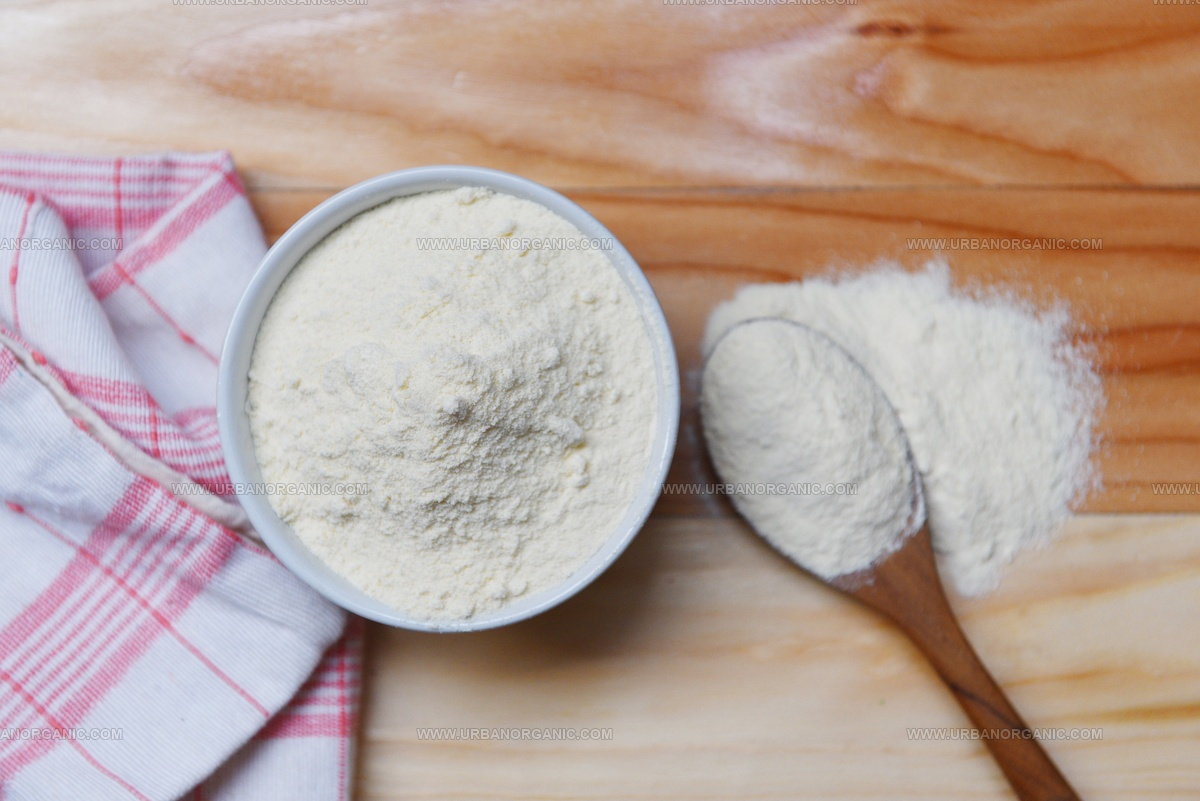
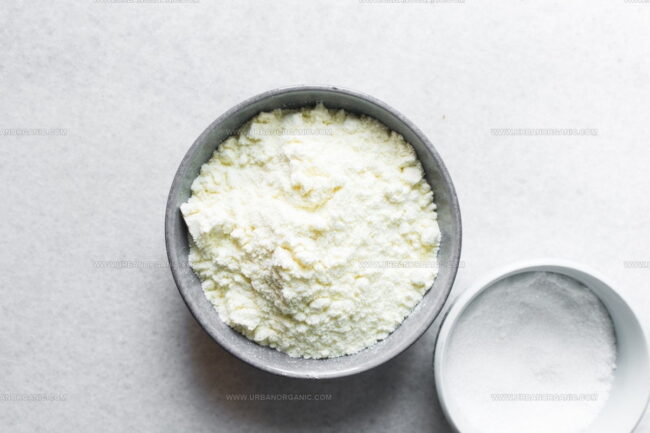
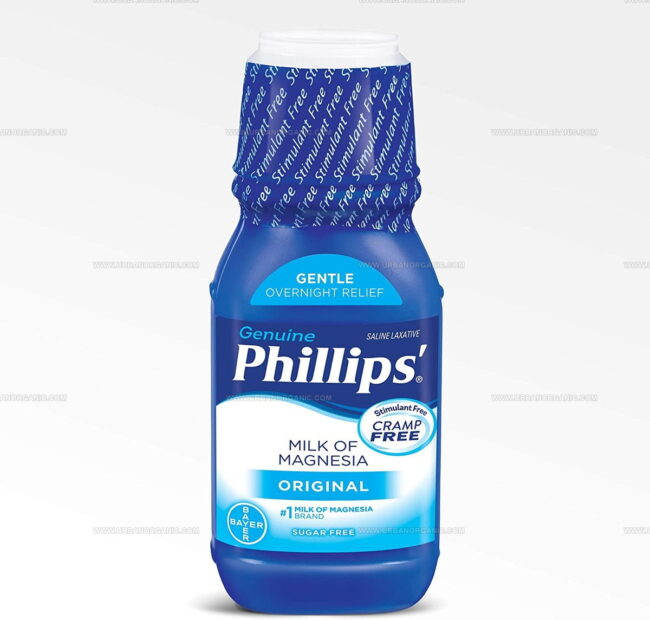
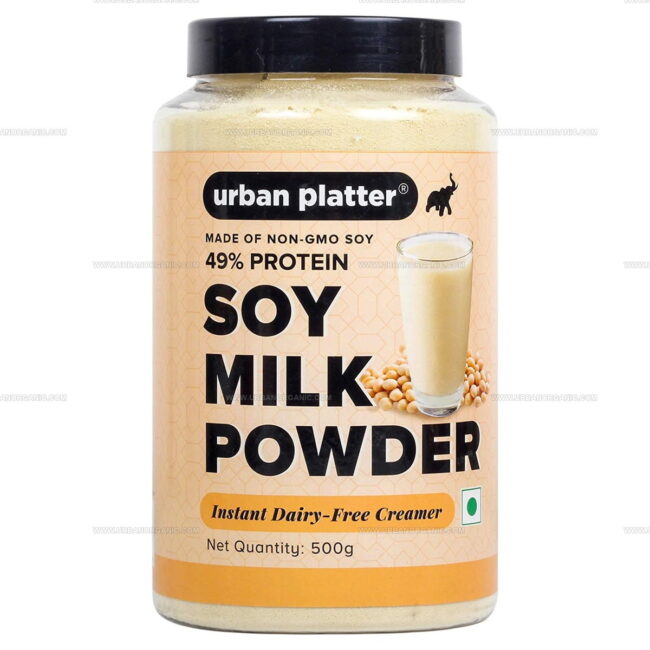

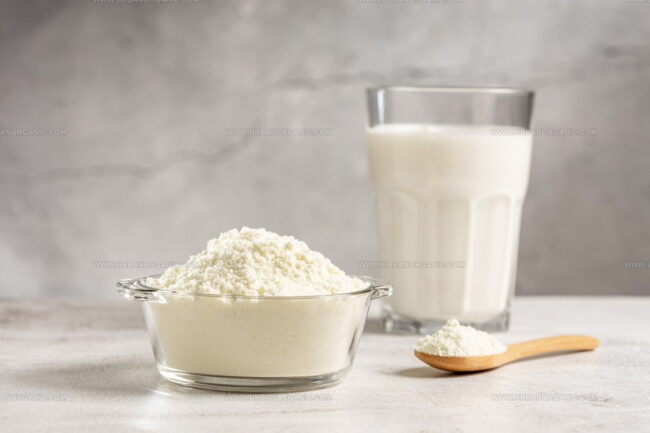
Jessica Martinez
Pastry Chef & Recipe Developer
Expertise
Organic Baking Techniques, Gluten-Free Recipe Development, Southwestern Dessert Specialties, Food Styling and Photography
Education
Santa Fe Community College (SFCC)
Jessica brings the sweet side to Urban Organic with her passion for baking and love for the Southwest. She trained at Santa Fe Community College and has built a career creating beautiful, gluten-free, and organic desserts that feel both nostalgic and new.
She believes baking should be fun, creative, and open to everyone, no matter your diet or skill level. Jessica’s recipes are simple enough to follow, but special enough to remember.